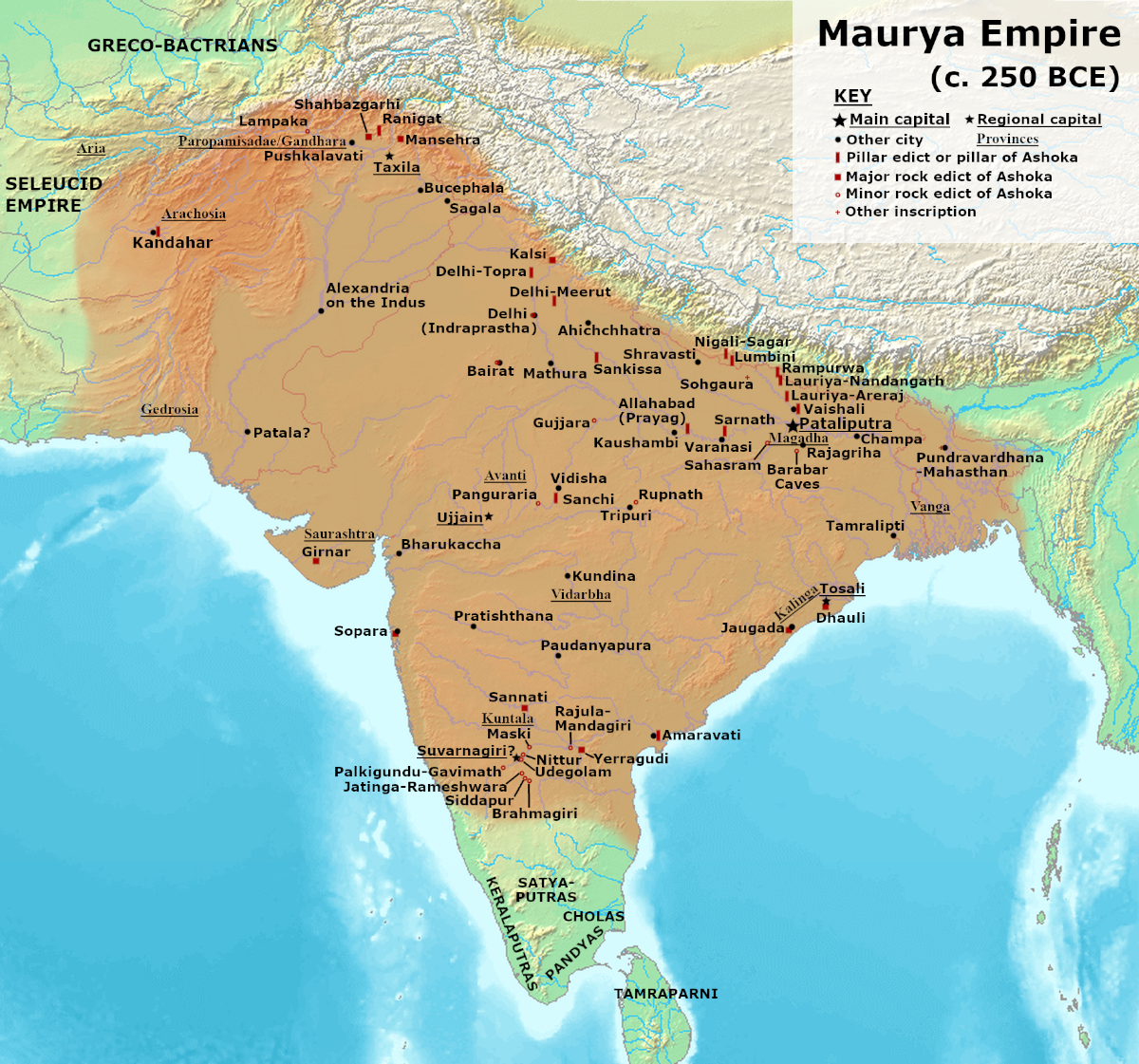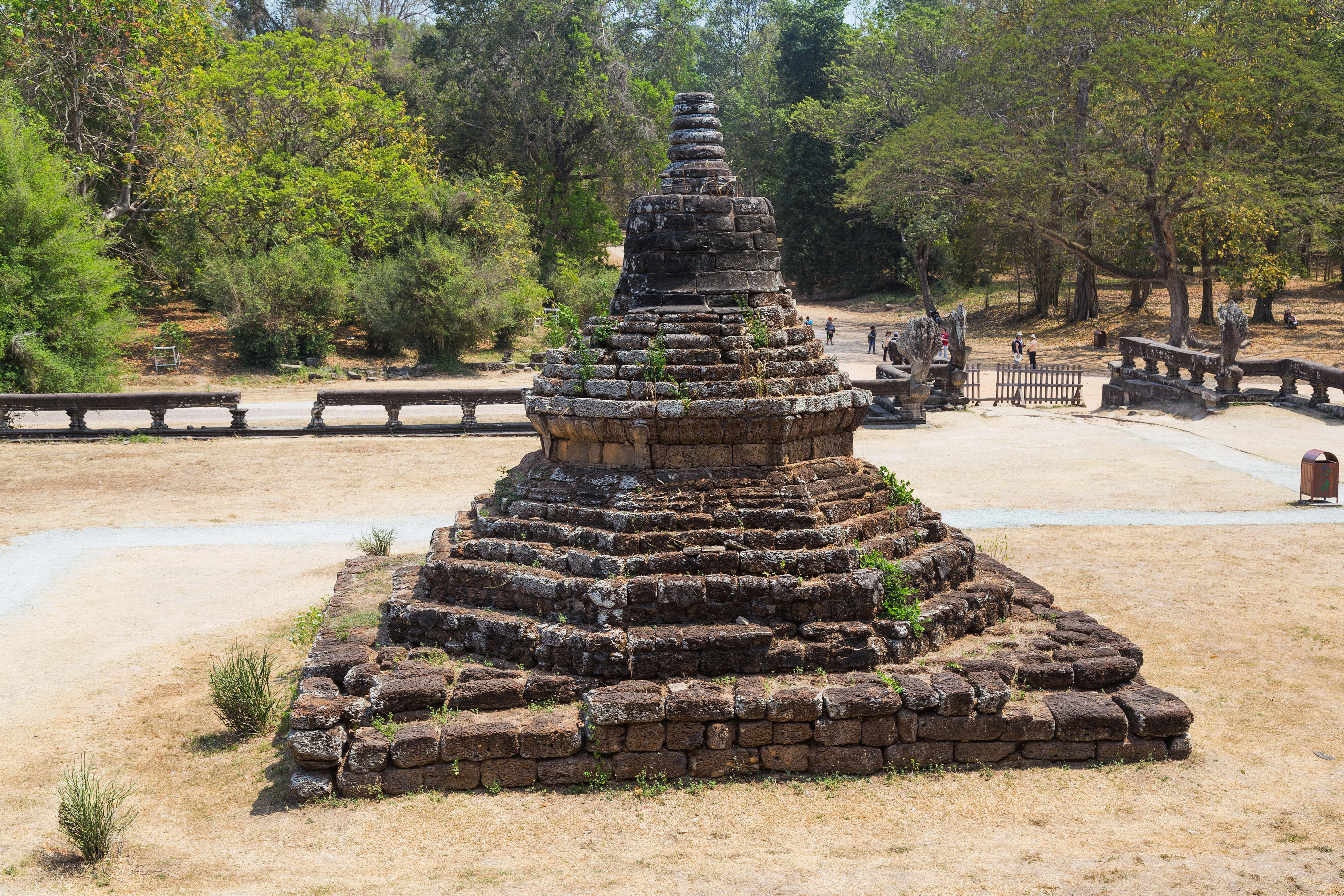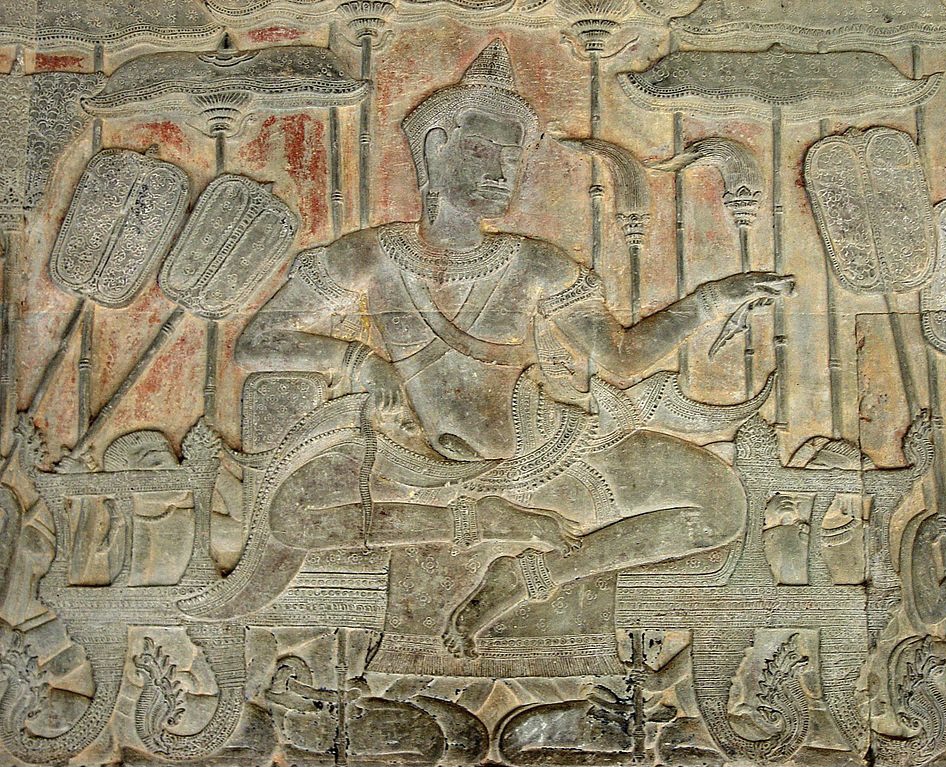|
Milindapanha
The ''Milinda Pañha'' () is a Buddhist text which dates from sometime between 100 BC and 200 AD. It purports to record a dialogue between the Indian Buddhist sage Nāgasena, and the 2nd century BC Indo-Greek king Menander I (Pali: ''Milinda'') of Bactria, in Sagala, present-day Sialkot. The ''Milinda Pañha'' is regarded as canonical in Burmese Buddhism, included as part of the book of '' Khuddaka Nikaya''. An abridged version is included as part of Chinese Mahayana translations of the canon. The ''Milinda Pañha'' is not regarded as canonical by Thai or Sri Lankan Buddhism, however, despite the surviving Theravāda text being in Sinhalese script. The Chinese text titled the Monk Nāgasena Sutra corresponds to the first three chapters of the Milindapanha. It was translated sometime during the Eastern Jin dynasty (317–420). History It is generally accepted by scholars that the work is composite, with additions made over some time. In support of this, it is noted that ... [...More Info...] [...Related Items...] OR: [Wikipedia] [Google] [Baidu] |
Indo-Greek Kingdom
The Indo-Greek Kingdom, or Graeco-Indian Kingdom, also known historically as the Yavana Kingdom (Yavanarajya), was a Hellenistic-era Greek kingdom covering various parts of Afghanistan and the northwestern regions of the Indian subcontinent (parts of modern-day Pakistan and northwestern India). This kingdom was in existence from ca. 200 BC to ca. 1 BC. During its existence the kingdom was ruled over by 30 successive kings. Menander I, being the most well known amongst the Indo-Greek kings, is often referred to simply as ''“Menander,”'' despite the fact that there was indeed another Indo-Greek King known as Menander II. Menander I's capital was at Sagala in the Punjab (present-day Sialkot). The kingdom was founded when the Graeco-Bactrian king Demetrius (and later Eucratides) invaded India from Bactria in 200 BC. The Greeks in the Indian Subcontinent were eventually divided from the Graeco-Bactrians centered on Bactria (now the border between Afghanistan and Uzbekistan) ... [...More Info...] [...Related Items...] OR: [Wikipedia] [Google] [Baidu] |
Paracanonical Texts (Theravada Buddhism)
"Paracanonical texts" is used by Western scholars to refer to various texts on the fringes of the Pali Canon of Theravada Buddhism (cf. Apocrypha), usually to refer to the following texts sometimes regarded as included in the Pali Canon's Khuddaka Nikaya: * Suttasamgaha (abbrev. "Suttas"; " Sutta Compendium") * Nettipakarana (abbrev. "Nett"; "Book of Guidance") * Petakopadesa (abbrev. "Pe"; "Instructions on the Tipitaka") * Milindapañha (abbrev. "Mil"; "Questions of Milinda") The Suttasamgaha includes selected texts primarily from the Pali Canon. The Nettipakarana and the Petakopadesa are introductions to the teachings of Buddhism; these books present methods of interpretation that lead to the knowledge of the good law (''saddhamma''). Milindapañhā, written in the style of the Pali suttas, contains a dialogue between the Indo-Greek king Menander (in Pāli, Milinda) and the Thera Nāgasena, which illuminates certain important tenets of Buddhism. The term "paracanonical" is ... [...More Info...] [...Related Items...] OR: [Wikipedia] [Google] [Baidu] |
Menander I
Menander I Soter ( grc, Μένανδρος Σωτήρ, Ménandros Sōtḗr, Menander the Saviour; pi, मिलिन्दो, Milinda), was a Greco-Bactrian and later Indo-Greek King (reigned c.165/155Bopearachchi (1998) and (1991), respectively. The first date is estimated by Osmund Bopearachchi and R. C. Senior, the other Boperachchi –130 BC) who administered a large territory in the Northwestern regions of the Indian Subcontinent from his capital at Sagala. Menander is noted for having become a patron and convert to Greco-Buddhism and he is widely regarded as the greatest of the Indo-Greek kings. Menander might have initially been a king of Bactria. After re-conquering the Punjab he established an empire which stretched from the Kabul River valley in the west to the Ravi River in the east, and from the Swat River valley in the north to Arachosia (the Helmand Province). Ancient Indian writers indicate that he launched expeditions southward into Rajasthan and as far ... [...More Info...] [...Related Items...] OR: [Wikipedia] [Google] [Baidu] |
Sagala
Sagala, Sakala ( sa, साकला), or Sangala ( grc, Σάγγαλα) was a city in ancient India, which was the predecessor of the modern city of Sialkot that is located in what is now Pakistan's northern Punjab province. The city was the capital of the Madra Kingdom and it was razed in 326 BC during the Indian campaign of Alexander the Great. In the 2nd century BC, Sagala was made capital of the Indo-Greek kingdom by Menander I. Menander embraced Buddhism after extensive debating with a Buddhist monk, as recorded in the Buddhist text ''Milinda Panha''. Sagala became a major centre for Buddhism under his reign, and prospered as a major trading centre. Mahabharata Sagala is likely the city of Sakala ( sa, साकला) mentioned in the ''Mahabharata'', a Sanskrit epic of ancient India, as occupying a similar area as Greek accounts of Sagala. The city may have been inhabited by the ''Saka'', or Scythians, from Central Asia who had migrated into the Subcontinent. The regio ... [...More Info...] [...Related Items...] OR: [Wikipedia] [Google] [Baidu] |
Pali
Pali () is a Middle Indo-Aryan liturgical language native to the Indian subcontinent. It is widely studied because it is the language of the Buddhist ''Pāli Canon'' or ''Tipiṭaka'' as well as the sacred language of ''Theravāda'' Buddhism.Stargardt, Janice. ''Tracing Thoughts Through Things: The Oldest Pali Texts and the Early Buddhist Archaeology of India and Burma.'', Royal Netherlands Academy of Arts and Sciences, 2000, page 25. Early in the language's history, it was written in the Brahmi script. Origin and development Etymology The word 'Pali' is used as a name for the language of the Theravada canon. The word seems to have its origins in commentarial traditions, wherein the (in the sense of the line of original text quoted) was distinguished from the commentary or vernacular translation that followed it in the manuscript. K. R. Norman suggests that its emergence was based on a misunderstanding of the compound , with being interpreted as the name of a particular ... [...More Info...] [...Related Items...] OR: [Wikipedia] [Google] [Baidu] |
Pali Canon
The Pāli Canon is the standard collection of scriptures in the Theravada Buddhist tradition, as preserved in the Pāli language. It is the most complete extant early Buddhist canon. It derives mainly from the Tamrashatiya school. During the First Buddhist Council, three months after the parinibbana of Gautama Buddha in Rajgir, Ananda recited the Sutta Pitaka, and Upali recited the Vinaya Pitaka. The Arhats present accepted the recitations and henceforth the teachings were preserved orally by the Sangha. The Tipitaka that was transmitted to Sri Lanka during the reign of King Asoka were initially preserved orally and were later written down on palm leaves during the Fourth Buddhist Council in 29 BCE, approximately 454 years after the death of Gautama Buddha. The claim that the texts were "spoken by the Buddha", is meant in this non-literal sense. The existence of the bhanaka tradition existing until later periods, along with other sources, shows that oral tradition conti ... [...More Info...] [...Related Items...] OR: [Wikipedia] [Google] [Baidu] |
Gāndhārī Language
Gāndhārī is the modern name, coined by scholar Harold Walter Bailey (in 1946), for a Prakrit language found mainly in texts dated between the 3rd century BCE and 4th century CE in the region of Gandhāra, located in the northwestern Indian subcontinent. The language was heavily used by the former Buddhist cultures of Central Asia and has been found as far away as eastern China, in inscriptions at Luoyang and Anyang. It appears on coins, inscriptions and texts, notably the Gandhāran Buddhist texts. It is notable among the Prakrits for having some archaic phonology, for its relative isolation and independence, for being partially within the influence of the ancient Near East and Mediterranean and for its use of the Kharoṣṭhī script, compared to Brahmic scripts used by other Prakrits. Description Gāndhārī is an early Middle Indo-Aryan language - a Prakrit - with unique features that distinguish it from all other known Prakrits. Phonetically, it maintained all three Old ... [...More Info...] [...Related Items...] OR: [Wikipedia] [Google] [Baidu] |
Sri Lanka
Sri Lanka (, ; si, ශ්රී ලංකා, Śrī Laṅkā, translit-std=ISO (); ta, இலங்கை, Ilaṅkai, translit-std=ISO ()), formerly known as Ceylon and officially the Democratic Socialist Republic of Sri Lanka, is an island country in South Asia. It lies in the Indian Ocean, southwest of the Bay of Bengal, and southeast of the Arabian Sea; it is separated from the Indian subcontinent by the Gulf of Mannar and the Palk Strait. Sri Lanka shares a maritime border with India and Maldives. Sri Jayawardenepura Kotte is its legislative capital, and Colombo is its largest city and financial centre. Sri Lanka has a population of around 22 million (2020) and is a multinational state, home to diverse cultures, languages, and ethnicities. The Sinhalese are the majority of the nation's population. The Tamils, who are a large minority group, have also played an influential role in the island's history. Other long established groups include the Moors, the Burghers ... [...More Info...] [...Related Items...] OR: [Wikipedia] [Google] [Baidu] |
Grande Inscription D'Angkor
The ''Grande Inscription d’Angkor'', referenced as K. 301 or Inscription Modern Angkor Wat (IMA) #38, is the longest Khmer inscription at Angkor Wat. Dated to 1701, it is located on the east wall between the ''bas-relief'' galleries and facing the Chey Non ''stupa'' in the courtyard outside. It is considered to be the only dated Middle Khmer metrical poem. Context The ''Grande Inscription d'Angkor'' relates the return to Angkor of a court dignitary, a certain ''Oknha'' Jaiya Nan of Chey Non, in order to accomplish meritorious deeds. After both his two sons died on the battlefield and his wife's death left him a widower, Chey Non was deeply saddened. As a loyal father and husband, he built a laterite stupa near the entrance to the eastern gallery of Angkor Wat in honour of them. It seems impossible to determine whether or not Jaiya Nan composed the inscriptions himself or had them composed by another, perhaps a court poet. Given the unique and personal style of the texts, i ... [...More Info...] [...Related Items...] OR: [Wikipedia] [Google] [Baidu] |
Angkor Wat
Angkor Wat (; km, អង្គរវត្ត, "City/Capital of Temples") is a temple complex in Cambodia and is the largest religious monument in the world, on a site measuring . Originally constructed as a Hinduism, Hindu temple dedicated to the god Vishnu for the Khmer Empire by King Suryavarman II, it was gradually transformed into a Buddhism, Buddhist temple towards the end of the 12th century; as such, it is also described as a "Hindu-Buddhist" temple. Angkor Wat was built at the behest of the Khmer King Suryavarman II in the early 12th century in Yaśodharapura ( km, យសោធរបុរៈ, present-day Angkor), the capital of the Khmer Empire, as his state temple and eventual mausoleum. Angkor Wat combines two basic plans of Khmer temple architecture: the Khmer architecture#Temple mountain, temple-mountain and the later Khmer architecture#Gallery, galleried temple. It is designed to represent Mount Meru, home of the Deva (Hinduism), devas in Hindu mythology: wit ... [...More Info...] [...Related Items...] OR: [Wikipedia] [Google] [Baidu] |
Fifth Buddhist Council
The Fifth Buddhist Council ( my, ပဉ္စမသင်္ဂါယနာ; pi, Pañcamasaṃgāyanā) took place in Mandalay, Burma (Myanmar) in 1871 CE under the auspices of King Mindon of Burma (Myanmar). The chief objective of this meeting was to recite all the teachings of the Gautama Buddha according to the Pāli Canon of Theravada Buddhism and examine them in minute detail to see if any of them had been altered, distorted or dropped. It was presided over by three elder bhikkhus, Mahathera Jagarabhivamsa, Narindabhidhaja, and Mahathera Sumangalasami in the company of 2400 monks. Their joint Dhamma recitation lasted five months. The Fifth Buddhist council was a Burmese affair, and most other Buddhist countries were not involved in it. It is not generally recognized outside Burma. It has been argued that, since the Theravadin multinational Sixth Buddhist council received the name of "Sixth Buddhist council", this involved implicitly recognizing the fifth, even though most ... [...More Info...] [...Related Items...] OR: [Wikipedia] [Google] [Baidu] |
Cambodia
Cambodia (; also Kampuchea ; km, កម្ពុជា, UNGEGN: ), officially the Kingdom of Cambodia, is a country located in the southern portion of the Indochinese Peninsula in Southeast Asia, spanning an area of , bordered by Thailand to the northwest, Laos to the north, Vietnam to the east, and the Gulf of Thailand to the southwest. The capital and largest city is Phnom Penh. The sovereign state of Cambodia has a population of over 17 million. Buddhism is enshrined in the constitution as the official state religion, and is practised by more than 97% of the population. Cambodia's minority groups include Vietnamese, Chinese, Chams and 30 hill tribes. Cambodia has a tropical monsoon climate of two seasons, and the country is made up of a central floodplain around the Tonlé Sap lake and Mekong Delta, surrounded by mountainous regions. The capital and largest city is Phnom Penh, the political, economic and cultural centre of Cambodia. The kingdom is an elective co ... [...More Info...] [...Related Items...] OR: [Wikipedia] [Google] [Baidu] |








